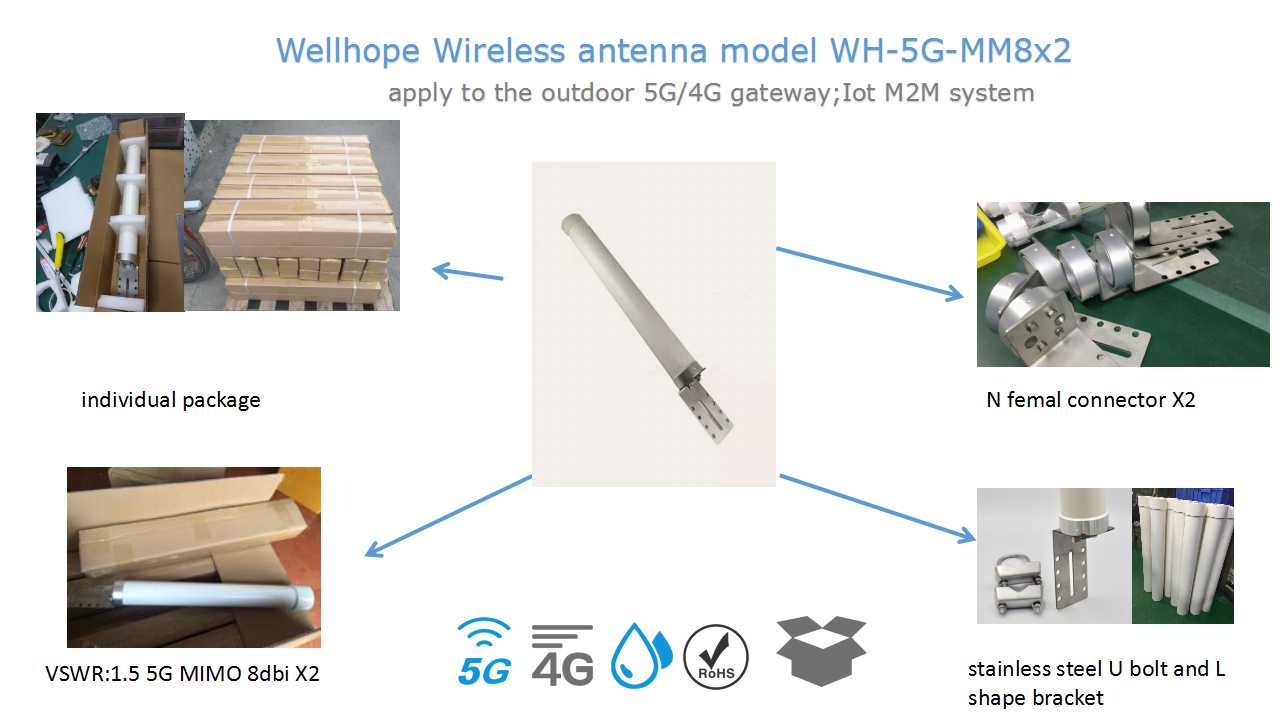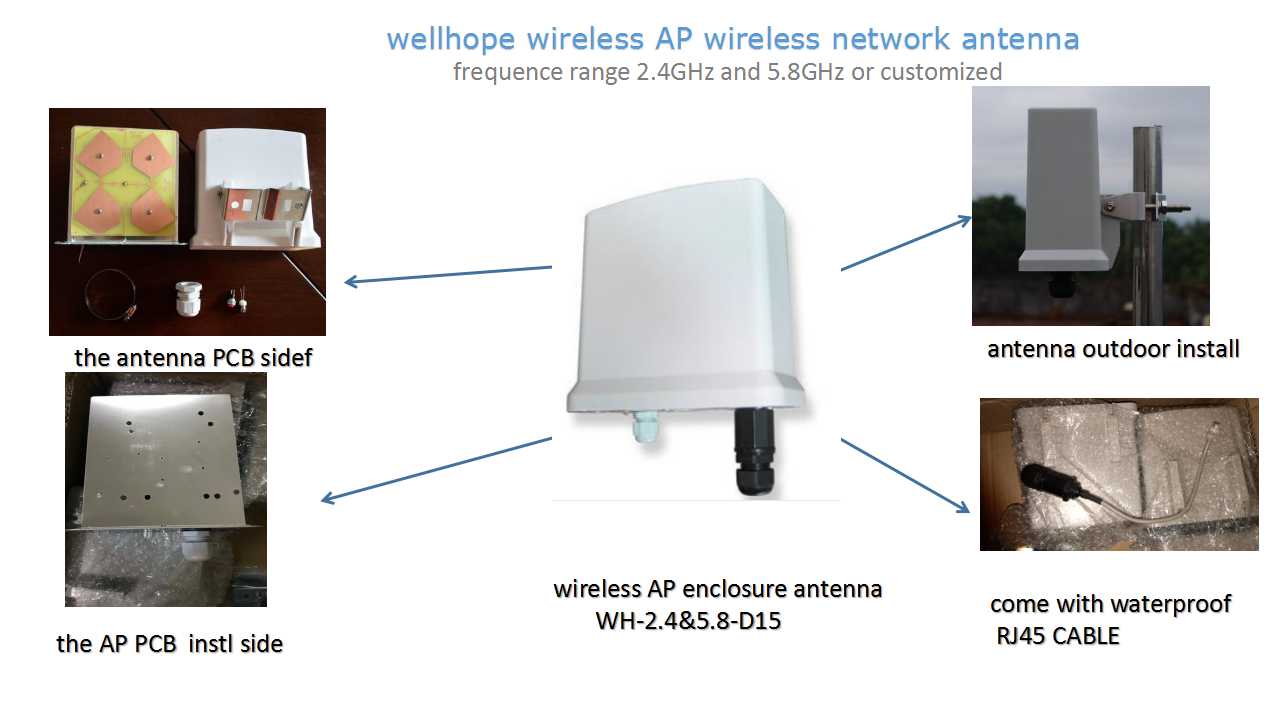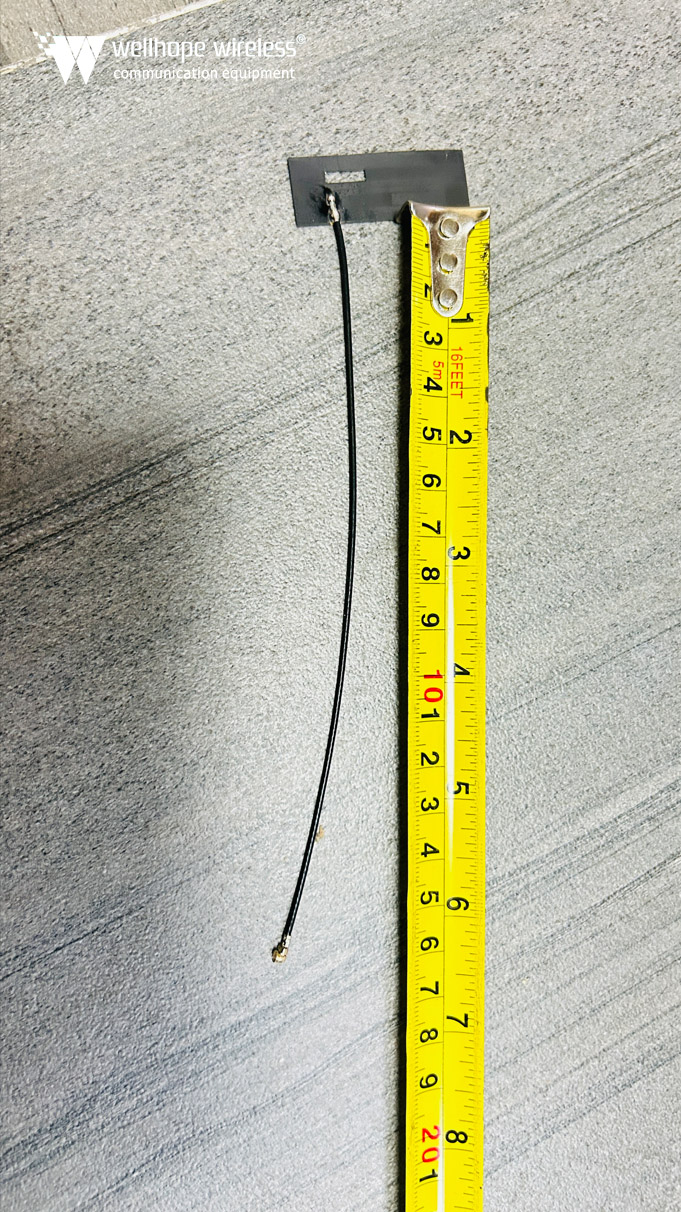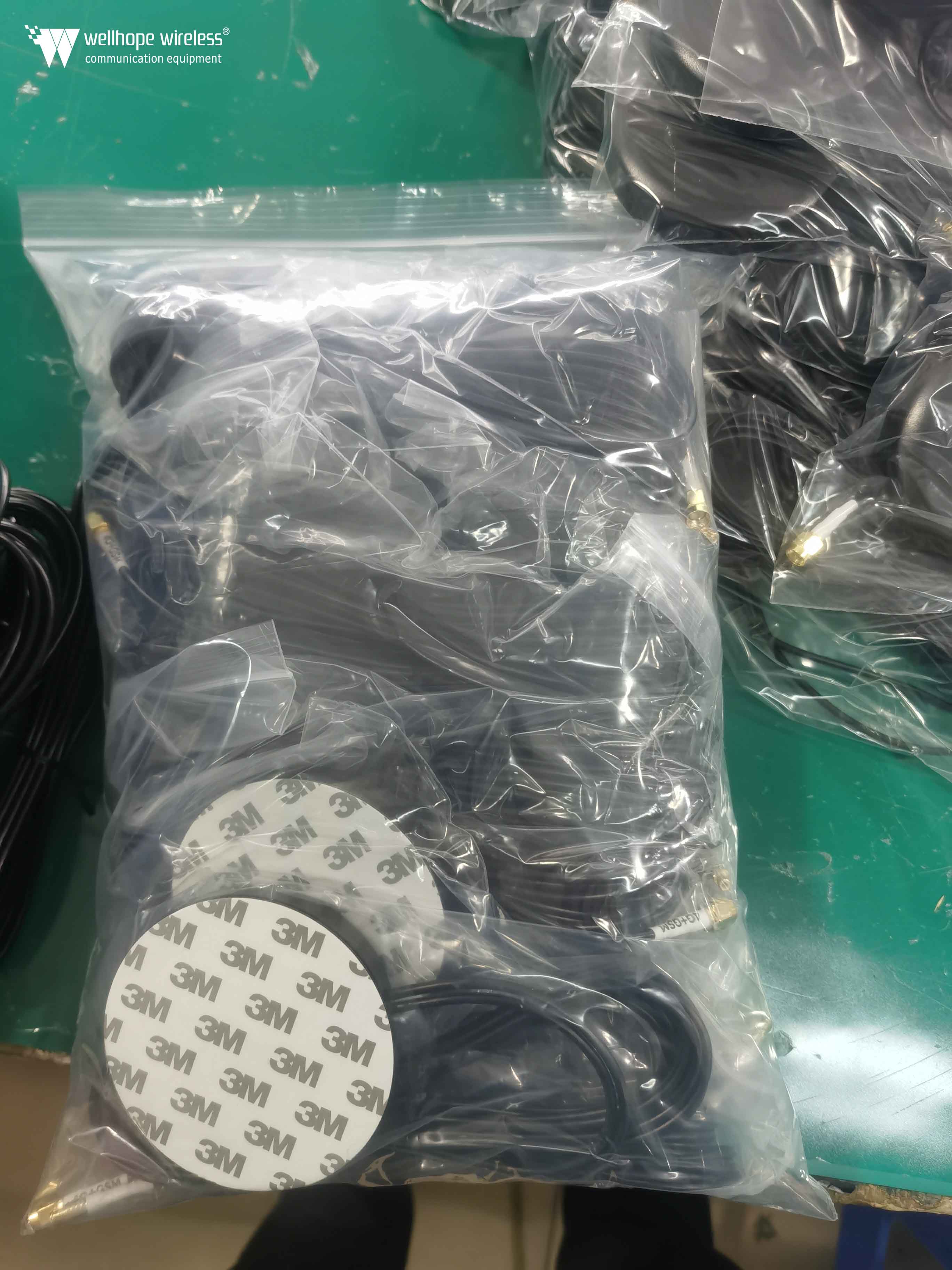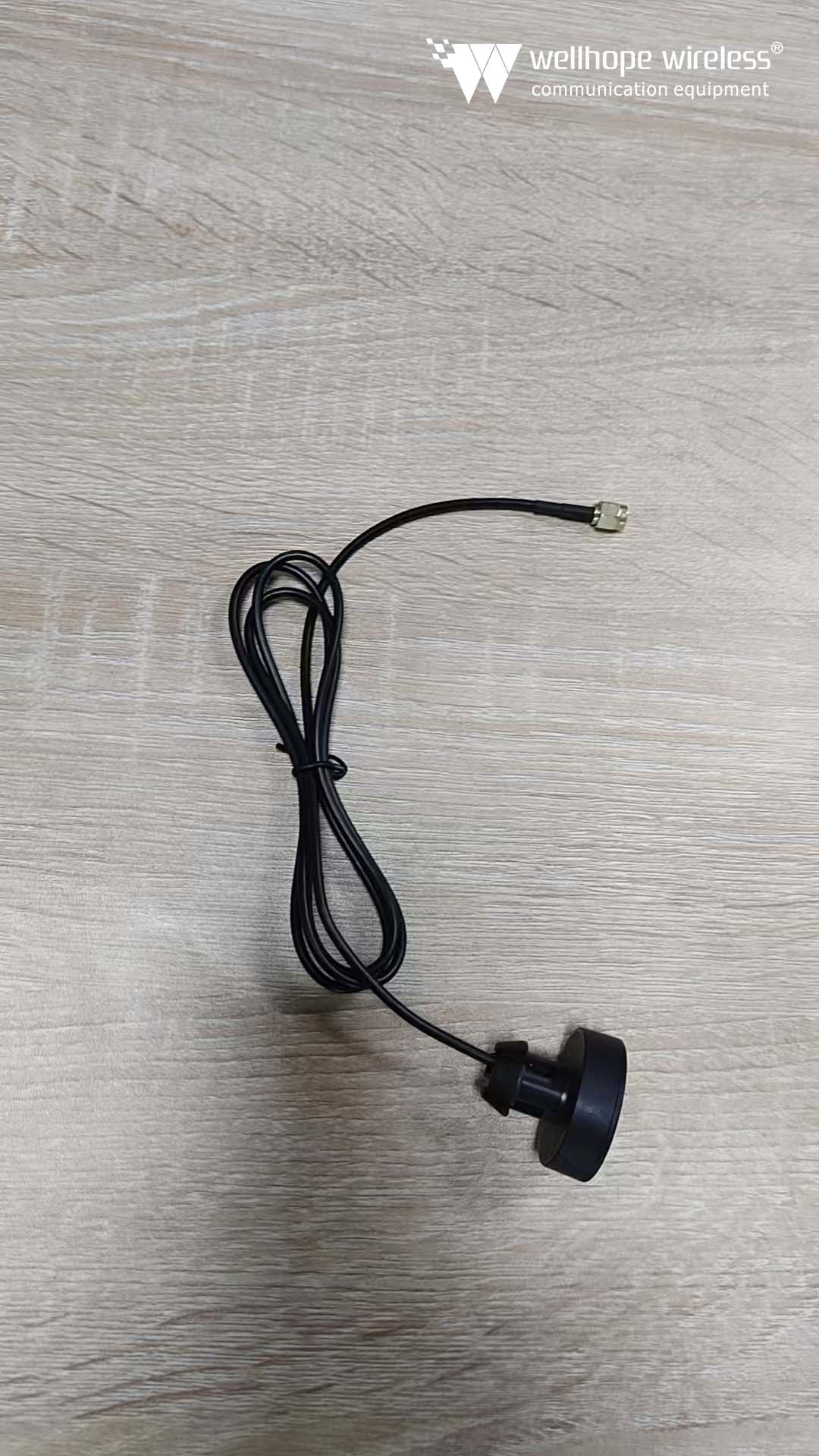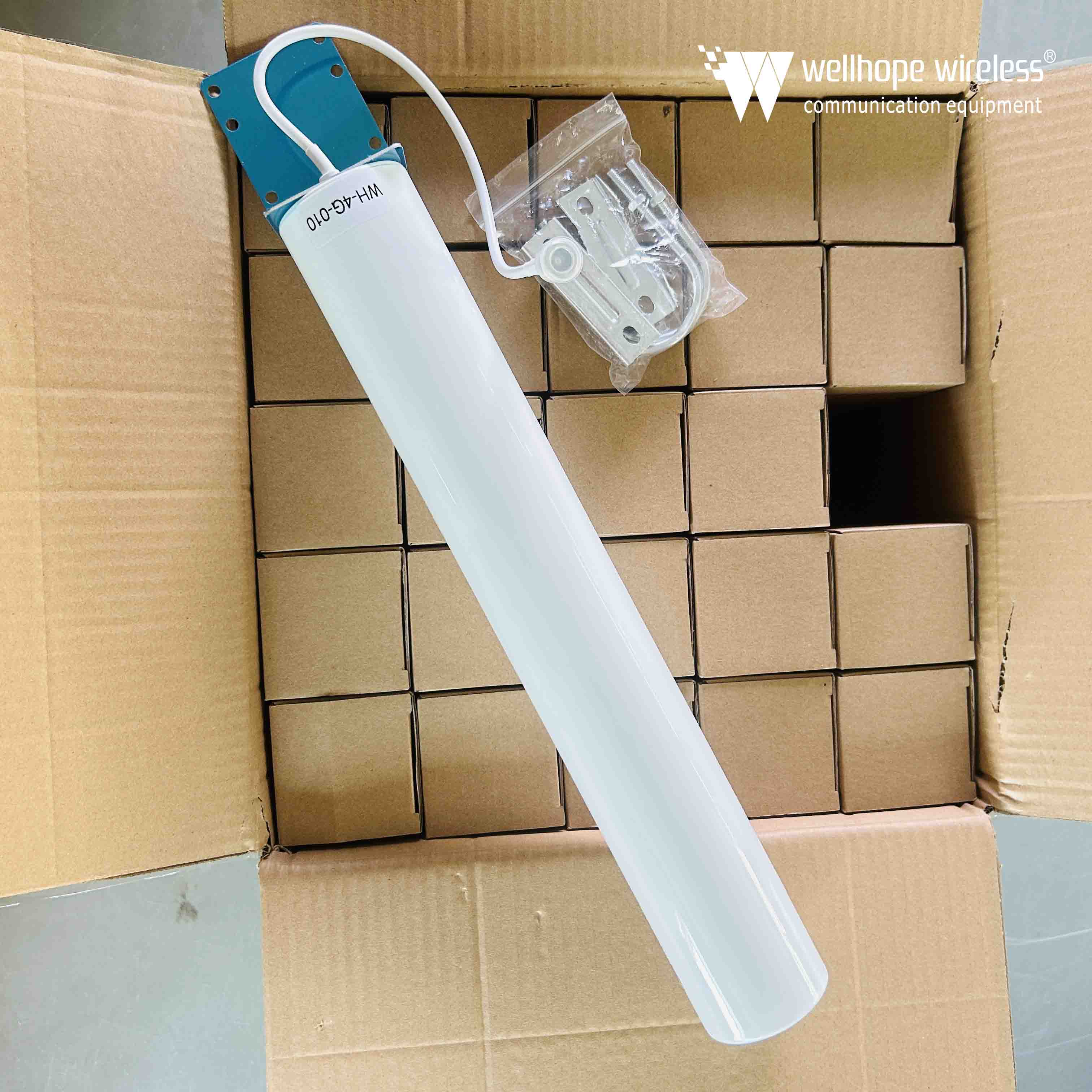Don't be confused anymore! What is the difference between5GWiFi and5G?
Read in 10 minutes
Recently, the Ministry of Industry and Information Technology has officially issued5Gcommercial licenses to China Telecom, China Mobile, China Unicom, and China Radio and Television, which also indicates thatChinahas officially entered the5Gera.
https://www.whwireless.com/omni-5g-4g-3g-2g-8dbi-dual-polarization-m2m-iot-antenna_p494.html
But for many users, the term exposure to5Gstarts with5GWiFi. Now, with the commercialization of5G, many users are confused. What is the difference between5GWiFi and5G?
The confusion of WiFi and5G
Although5GWiFi and5Gboth have the word "5G", they have completely different meanings. Both standards and application scenarios represent two different technologies.
•5GWiFi is precisely 5GHz WiFi, which refers to the 5GHz working frequency band of the IEEE 802.11 series of protocols.
•5Gis short for 5th Generation, which is the 5th generation mobile communication technology and standard.
https://www.whwireless.com/diy-antenna-and-enclosure-wlan-wifi-system-antenna_p229.html
As we all know, WiFi belongs to the local area network wireless technology and is mainly used in indoor scenarios. With the application of WiFi6 technology, compared with 5G mobile communications, WiFi is widely used in corporate LANs, homes, and other advantages due to its high throughput, lower equipment and terminal costs, extremely low operation and maintenance costs, and regional secrecy. Internal device interconnection, private network internal connection, etc., to avoid network congestion caused by too many devices or terminals accessing the operator's core network.
5Gmobile communication belongs to wide area network technology, which has the advantages of wide coverage and support for high-speed mobile environments. It is mainly used in many scenarios such as outdoor connection, mobile medical, Internet of Vehicles, environmental monitoring, and metropolitan area networks.
It can be seen that although there is a certain degree of overlap between WiFi and5Gin application scenarios, they are more complementary and jointly achieve a true seamless network connection.
However, as two of the most widely used wireless connection technologies,4GLTE as the representative of mobile communication and WiFi disputes endlessly. Nowadays, with the imminent large-scale commercialization of5Gmobile communication, the transmission rate is expected to reach dozens of times more than 4G LTE. The call for5Gto replace WiFi, what's the truth?
The convergence of WiFi and5G
Cees Links, known as "the father of WiFi," stated in 2017: "From 1999 to 2000, some people put forward the idea that2Gwill replace WiFi; from 2008 to 2009, there was also speculation that4Gwill replace WiFi. However, the application scenario modes of5Gand WiFi are different. WiFi is mainly used in indoor environments, and5Gis a WAN technology. It has more outdoor application scenarios. So I believe that WiFi and5Gwill coexist for a long time. "
Sure enough, on January 25, 2019, the Next Generation Mobile Communications Network Alliance (NGMN) and Wireless Broadband Alliance (WBA) announced that they will jointly promote the integration of5G, WiFi wireless technologies and core networks.
The two alliances say that it is time to provide a clear strategic path for "5Gand WiFi converged RAN deployments" to take full advantage of these features, which is a "priority"! The member units of the NGMN Alliance are well-known mobile communication operators. At present, there are more than 200 mobile communication networks, and the number of users accounts for more than 60% of the world. The WBA Alliance is committed to the promotion of WiFi and the improvement of user experience.
The joint report states that "network-level convergence" between5Gand WiFi is essential to ensure that the "complementary" functions of these two types of radio access networks (RAN) can be combined to provide "seamless" network services. This report also presents many use cases and vertical industries that may require “integrated resources” from5Gand WiFi networks to provide a cost-effective solution and combine to meet various throughput, latency, and connection density , Coverage, availability, and reliability.
Similarities and differences between WiFi and5Gair interface protocols
From the perspective of application scenarios, the wide-area network characteristics of5Gtechnology can not help but remind people of the "WiMAX (Broadband Wireless Access Metropolitan Area Network Technology)" that has been raging on the ground more than a decade ago, but unfortunately has been stagnating. WiMAX, which also originates from IEEE's 802.1x wireless technology standard protocol, has commonality with WiFi in wireless air interface protocols and standards.
Kang Qiang, vice president of marketing and application engineering of Kangxi Communication Technology (Shanghai) Co., Ltd. introduced that in the early 21st century, compared to 3GPP's3Gmobile communication standard, WiMAX has adopted many new technologies, such as OFDM orthogonal frequency division multiple access and MIMO multiple antennas, etc., have greatly improved data transmission capabilities, and have obvious data transmission advantages. It's a pity that before the birth of the first generation iPhone "iPhone", the world's main mobile communications business was mainly focused on voice services, not data transmission services with the technical advantages of WiMAX.
Due to the high real-time requirements of voice services, the voice call quality of WiMAX networks was at a significant disadvantage compared to the pure voice channel technology of3Gmobile communications when the voice digitization technology was incomplete and the cost of high-performance digital analog chips was high. As a result, the industrial chain is difficult to promote and has to be transferred to niche proprietary data network applications.
With the rapid development of the digital age and the rapid changes in related technologies, the rapid advancement of chip technology and the subsequent significant decline in the cost of high-performance chips, with the help of high-performance voice signal sampling and reconstruction technology, noise cancellation technology, etc. Digital voice has largely surpassed the signal transmission quality of traditional voice channels, which is why we often feel that the quality of WeChat voice calls is far better than that of conventional phones in a reliable data network connection environment.
In the era of5Gmobile communication, data transmission is almost all the business requirements of wireless communication networks. Therefore, the high-speed, low-latency, low-cost, high-spectrum multiplexing data transmission technology has been used as the core wireless transmission technology for5G.
As a result,5Gmobile communication has inherited the low-latency TDD technology, OFDMA multiple access, MU-MIMO multi-user multi-antenna technology, and high signal in the air interface protocol standards. Many core air interface technologies such as bandwidth (WiFi6 up to 160MHz vs5Gup to 100MHz), high modulation (WiFi6 can achieve 1024QAM vs5Gcan achieve 256QAM). In addition, in terms of operating frequency, 5GNR Sub-6GHz directly uses the 3.5GHz WiMAX frequency band. Other frequencies such as 2.6GHz are also adjacent to WiFi 2.4GHz, and 4.9GHz is adjacent to WiFi 5GHz.
Therefore, it can be said that5Gtechnology is more like an "enhanced version of WiMAX", which integrates and strengthens the underlying protocol of4GLTE and the latest WiFi air interface technology, and the king returns! Therefore, compared to WiFi RF front-end chips,5GRF front-end chips are highly similar in terms of high linearity, TDD time-division dynamic characteristics, high modulation, and high bandwidth.
RF front-end from WiFi to5G
With the commercialization of5G, the development of5G-related core chip technology with its own intellectual property rights is imminent. As the crown jewel of the chip semiconductor industry, high-end RF chip technology has been mastered byUSmanufacturers led by Skyworks, Qorvo, and Avago (Broadcom). In the hands, how to break the technological monopoly of foreign giants has become a difficult problem for the development of the domestic RF front-end chip industry!
Fortunately, Kangxi Communication Technology (Shanghai) Co., Ltd., which is known for its solid RF front-end technology foundation and scientific and rigorous research and development attitude, is rooted in WiFi RF front-end chip technology, and quickly stands out in domestic and foreign markets, and gains Approved by many well-known system equipment manufacturers and extensive cooperation with chip manufacturers, its WiFi5 RF front-end chip will soon ship more than 10 million units soon after it is launched on the market. It is also the first to achieve mass production of the latest WiFi6 technology RF front-end chip inChina, and it is key in Performance-The linearity, efficiency, power and other indicators are different from similar products of the international giants.
With the advent of the5Gera, they are based on high-linear WiFi RF front-end technology, and they are the first to develop a 5GNR series of RF front-end chips inChina. We will open a "core" channel for domestic substitution. We will wait and see!


















 News
News
